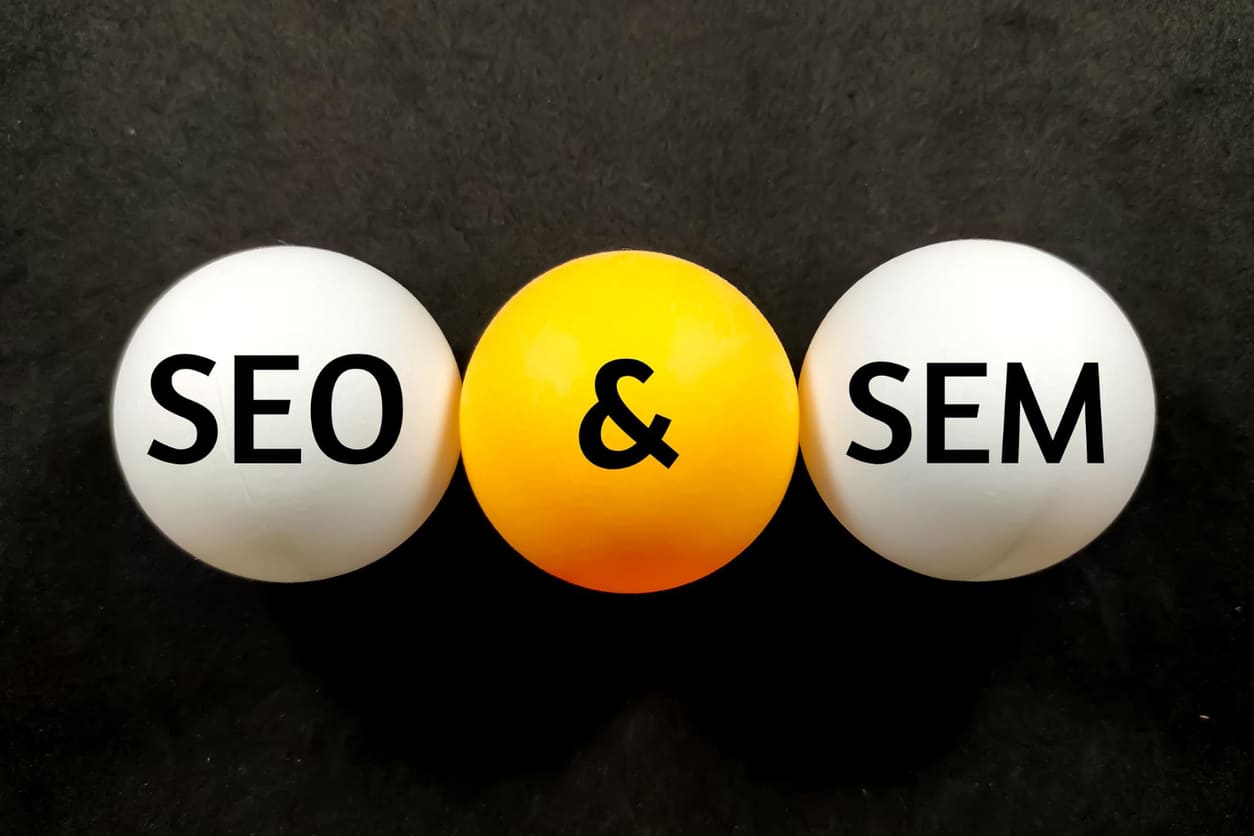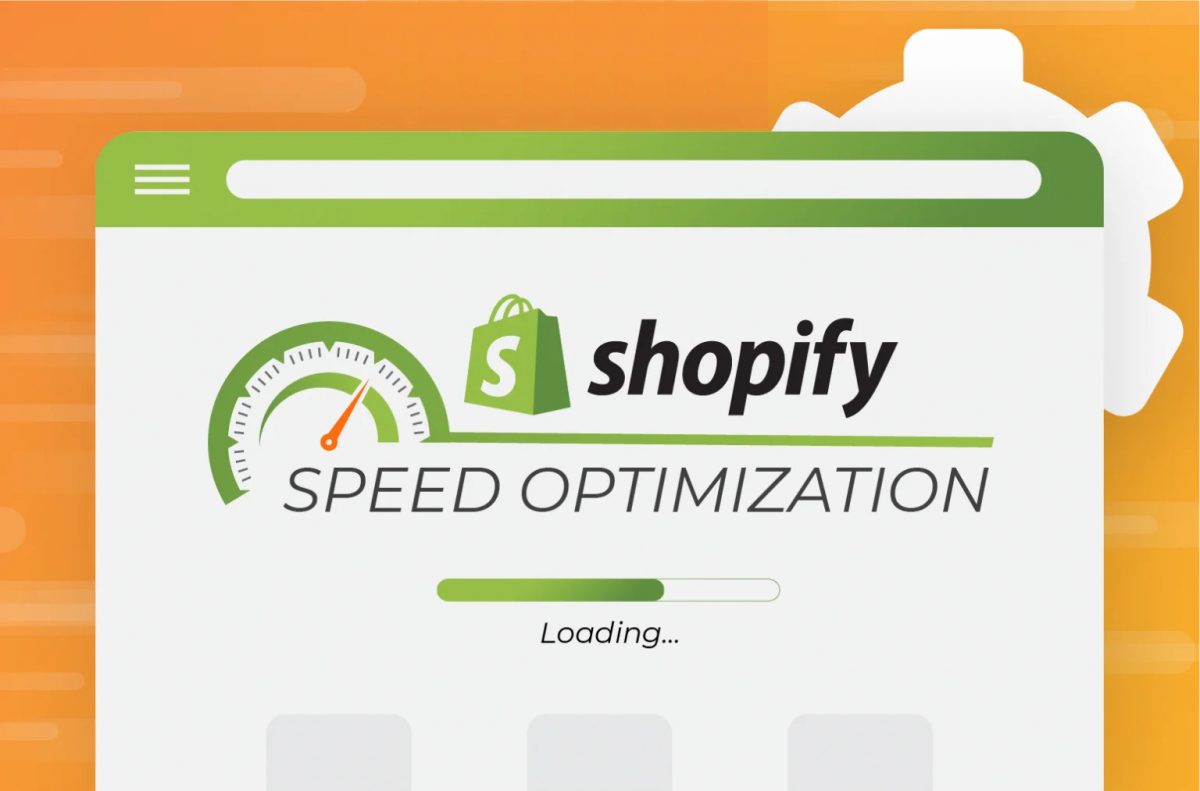In the ever-evolving landscape of digital marketing, two terms often create confusion among professionals and beginners alike: SEO (Search Engine Optimization) and SEM (Search Engine Marketing). Both are integral components of a robust digital marketing strategy, but they function differently and serve distinct purposes. This comprehensive guide will delve deeper into the differences and similarities between SEO and SEM, and how to leverage them effectively for your business.
Understanding SEO

SEO is the process of optimizing your website to rank higher in search engine results pages (SERPs), thereby increasing the amount of organic (or free) traffic your website receives. The main components of SEO are:
-
Keyword Research:
This involves identifying the keywords and phrases that your target audience uses when searching for products or services similar to yours. For instance, if you’re a bakery, keywords might include “best chocolate cake,” “gluten-free bread,” or “custom birthday cakes.”
-
On-Page SEO:
This focuses on all the content that exists “on the page” when looking at a website. It involves optimizing the content for search engines and users, including using appropriate keywords, creating high-quality content, and optimizing page titles and meta descriptions. For example, a blog post about “The Benefits of Gluten-Free Bread” should include relevant keywords throughout the content, a compelling title, and a concise meta description.
-
Off-Page SEO:
This involves all the activities that you and others do away from your website to raise the ranking of a page in search engine results. This primarily involves link building, such as guest blogging or influencer marketing, where you can earn backlinks to your site from reputable sources.
-
Technical SEO:
This focuses on the backend of your website, like site speed, mobile-friendliness, indexing, crawlability, site architecture, structured data, and security. For instance, ensuring your website loads quickly and is easy to navigate can significantly improve your SEO.
Understanding PPC

PPC (Pay-Per-Click) is a model of internet marketing in which advertisers pay a fee each time one of their ads is clicked. It’s essentially a way of buying visits to your site, rather than attempting to “earn” those visits organically. The most popular form of PPC is search engine advertising, where advertisers bid for ad placement in a search engine’s sponsored links. For example, if you search for “buy running shoes,” the top results are often PPC ads from various shoe companies.
What is SEM?
SEM encompasses both SEO and PPC. It involves promoting your website by increasing its visibility in search engine results pages (SERPs) through optimization (SEO) and advertising (PPC). SEM strategies are crucial for driving traffic to your site, which can lead to increased brand awareness and higher sales. For instance, a new online bookstore might use SEO to rank for keywords like “buy mystery novels online,” while also using PPC to immediately appear in search results for the same keyword.
SEO vs PPC: Time and Cost
The time and cost involved in SEO and PPC vary significantly. PPC can start driving traffic to your site almost instantly, but it costs every time your ad is clicked. On the other hand, SEO takes time to show results, but it’s an investment that pays off in the long run. Once your website is ranking high in organic search results, there’s no need to pay for clicks. This can be a particularly attractive strategy for small businesses with limited budgets. By investing time in Search Engine Optimization (SEO) and gradually climbing the Search Engine Results Pages (SERPs), you may find it more cost-effective than paying for a large number of clicks through Pay-Per-Click (PPC) advertising.
However, it’s important to note that both strategies have their place and the best approach depends on various factors. There are certain niches where PPC advertising may not be as effective, such as dating sites, or where licenses are required, like gambling or cryptocurrency websites. In these cases, SEO might be the best solution. Conversely, there are situations where PPC might be more effective.
In essence, the choice between SEO and PPC is highly individual and depends on the specific circumstances of your business and industry. It’s not a one-size-fits-all situation, and a balanced, strategic approach often yields the best results.
Conclusion
Both SEO and PPC are essential components of a successful digital marketing strategy. By understanding the differences and leveraging both effectively, you can increase your online visibility, drive more traffic to your site, and grow your business. Remember, the best strategy is often a balanced one that includes both SEO and PPC.
At Fortunatos, we specialize in both SEO and SEM strategies, helping businesses like yours increase their online visibility and achieve their digital marketing goals. Contact us today to learn more about how we can help your business succeed.
Related Articles: Enrich Your Experience on Fortunatos.io!
- Case Study: Luxury Accessories Brand’s Revenue Boost
- SEO Writing: Importance, Strategies, and Tips for Success in 2023
- The 11 Best Google Chrome Extensions for SEO
- Optimizing SEO and PPC with Effective Chat GPT Prompts: Best Practices
- The Ultimate SEO Checklist: Boost Your Website’s Visibility
- Leveraging Long-Tail Keywords for SEO Success
- How to Write a Blog: Tips, Examples, and Writing Techniques
- The Best SEO Tools for Increased Organic Traffic: Free and Paid
- Services Provided by a Marketing Agency: What You Need to Know
- Mastering Search Engines: A Comprehensive Guide to Their Mechanics
- Free Keyword Research Tools for Effective SEO and Advertising

 Amazon Marketing
Amazon Marketing


